#playboy japan
Text
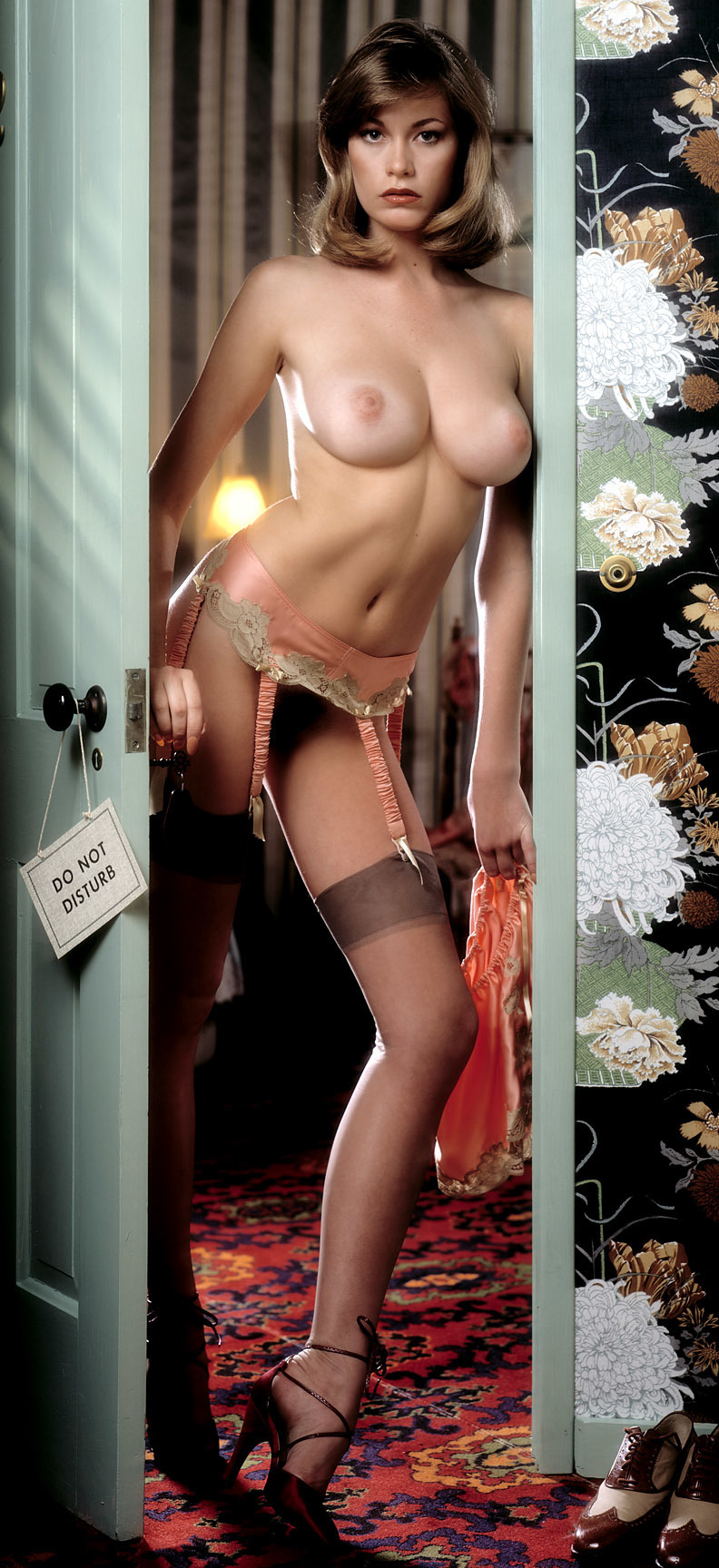
Ashley Cox Playboy Playmate of the Month December 1977
#art nude#hot nude#nudity#nudephotography#artistic nude#playboy magazine#playboy playmate#vintage#vintage playboy#vintage nude#vintage magazine#playboy japan#japanese#short hair#classic beauty#amazing body#natural titts#beauty#pin up#pinup#ashley cox
4K notes
·
View notes
Text
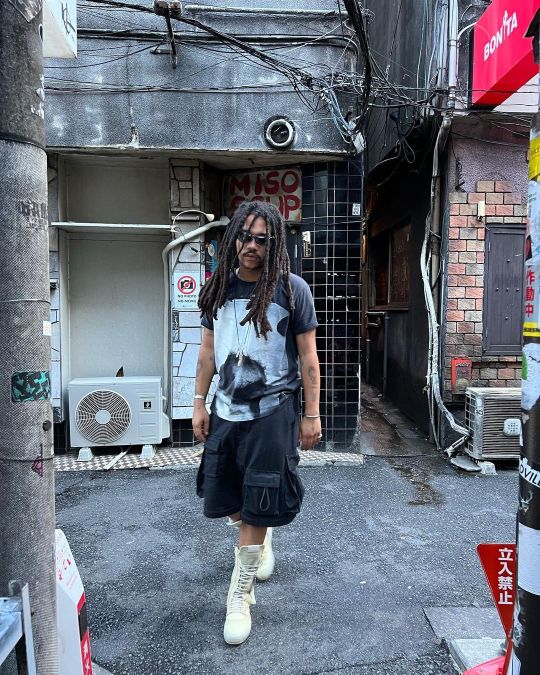
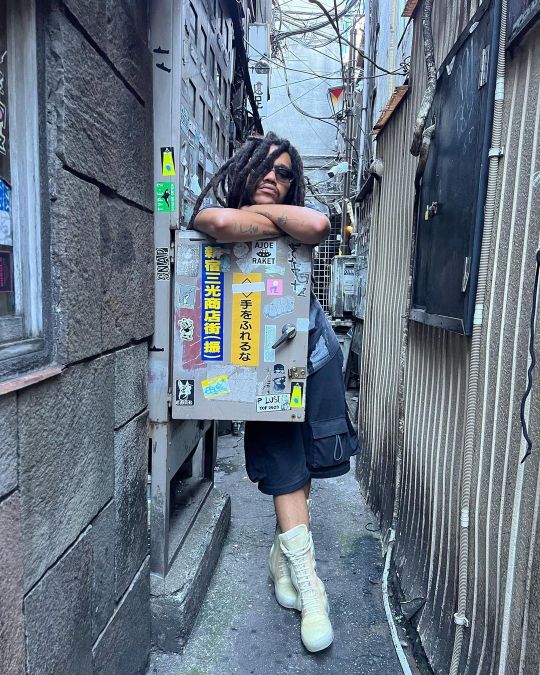


235 notes
·
View notes
Text

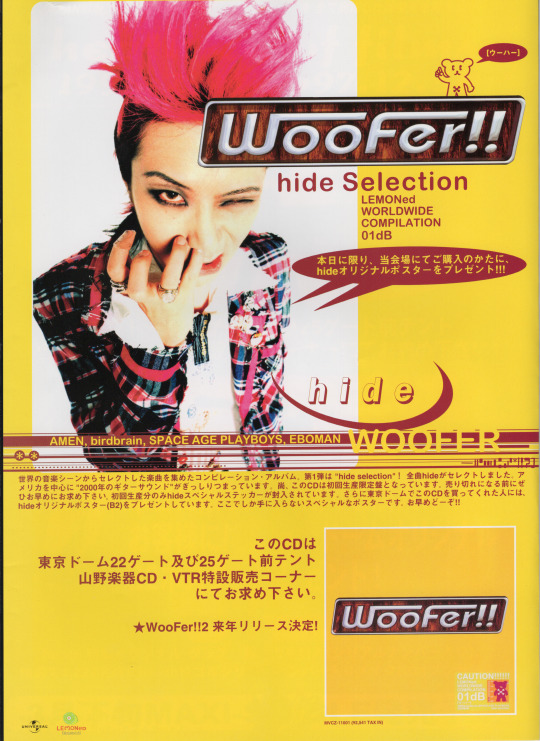
#hide#hideto matsumoto#hide with spread beaver#x japan#LEMONed#AMEN#SPACE AGE PLAYBOYS#birdbrain#EBOMAN#vkei#denno scans#going through some older scans I never posted
25 notes
·
View notes
Note
sukuna being ancient is also him readdy to kill everybody then himself when he sees you going out with something that by FAR does NOT cover your ankles. like full on short skims dress and he’s just flabberghasted
asdjkjlfajlksdflasdjkfas man genuinely thinks unless the clothing is three layers stacked and tied with an obi you're essentially walking around in your undergarments......... and there's no way. youre some kind of "scandalous whore," right???
and don't even bother trying to explain shit like mixed fabrics to him. he hisses seeing you come home just in shorts and flips flops... the concept of polyester would kill him AGAIN on top of all that.
this man acts like he's such hot shit meanwhile u might as well start buying him butter pecan ice cream while you're out, too
#sukuna#just bc i was texting my mom about my grandma's butter pecan obsession...#anyway i was literally just starting on a paragraph about him being confused about modern clothing LMFAOOO#specially business casual wear bc WHAT DO YOU MEAN WOMEN HAVE TO WORK????#this is not his japan !!!!!!!!!#LMFAO HE'S SO FUNNY he's such a loser honestly like sir#someone get him a playboy magazine and a cigarette and some good linen sheets it will fix him i promise#love u anon mwah#caitie things#anon
8 notes
·
View notes
Text
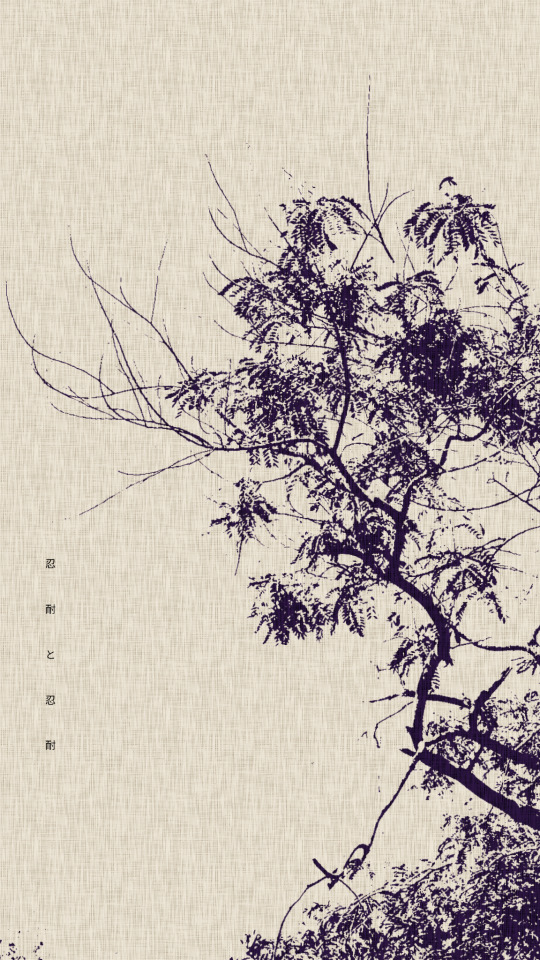


Do it for luve.
#archive fashion#frank ocean#golfwang#vivienne westwood#chrome hearts#playboi carti#whole lotta red#opium#rick owens#art#japanese art#japan
8 notes
·
View notes
Photo
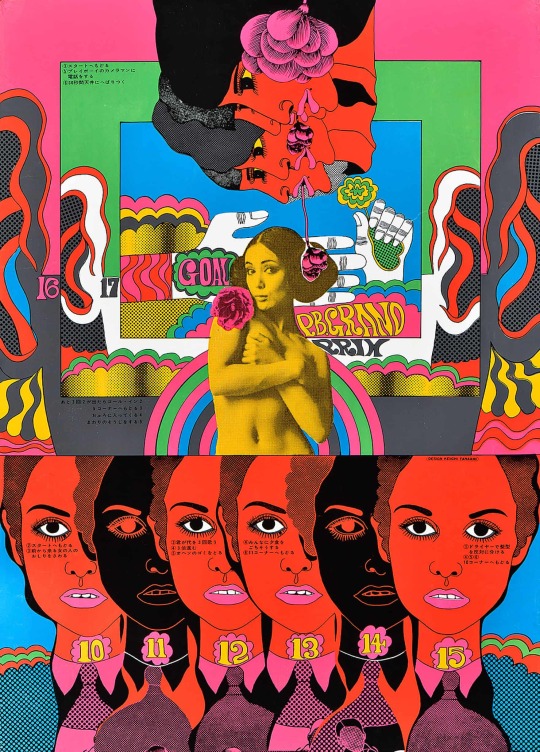
PB Grand Prix, 1968, Keiichi Tanaami
This poster is a higher-quality screenprint version of a sugoroku game board that Tanaami designed as a supplement to the Japanese edition of Weekly Playboy of 9 July 1968. The ‘PB’ in the title stands for Playboy, and the winner of the game is the first to reach the actress Matsuoka Kikko. At each numbered position, players are instructed to perform various humorous tasks such as ‘call Playboy’s photographer’, ‘treat everyone to supper’, or ‘remove your belly-button lint’
Photograph: Collection of Peter Kahane
#keiichi tanaami#artist#art#illustrator#poster#japan#collection of peter kahane#screenprint#sugoroku game board#weekly playboy#pb grand prix#actress matsuoka kikko
26 notes
·
View notes
Text
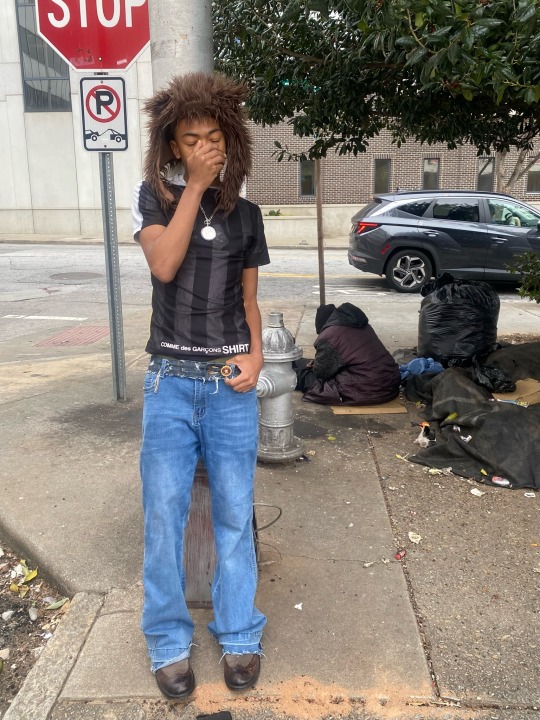
7 notes
·
View notes
Text
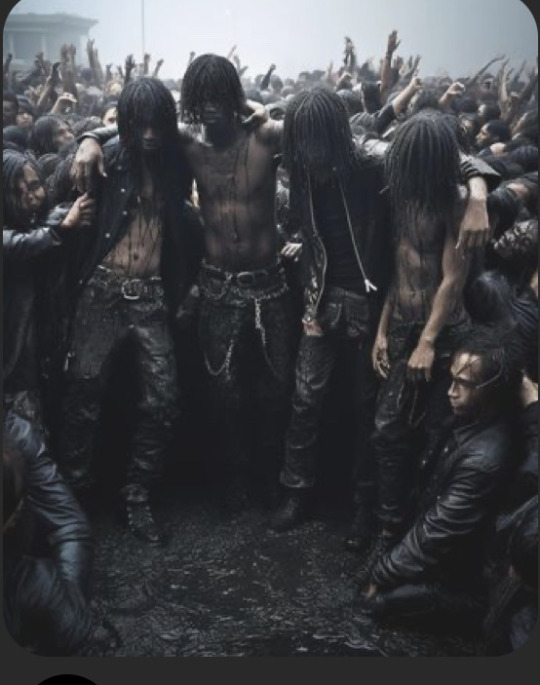
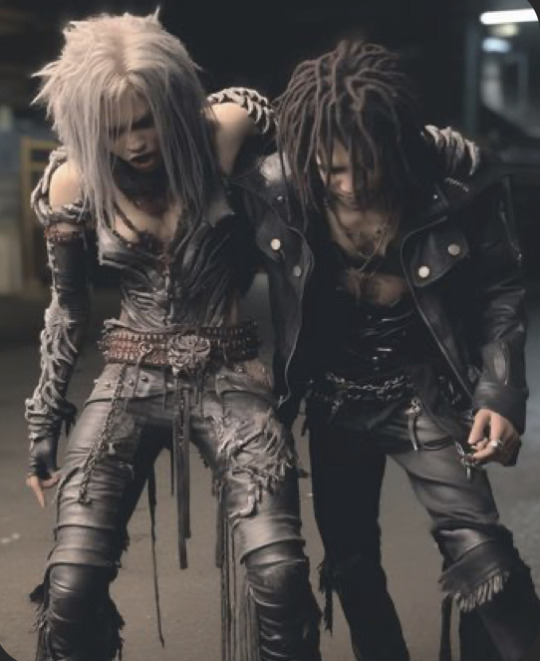
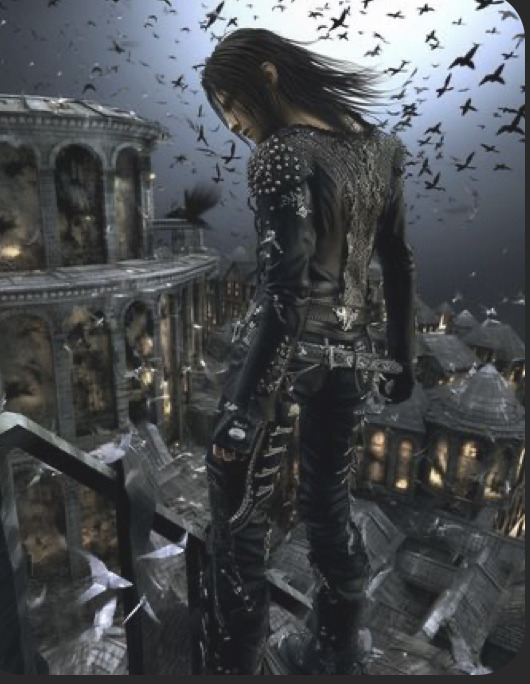



7 notes
·
View notes
Photo
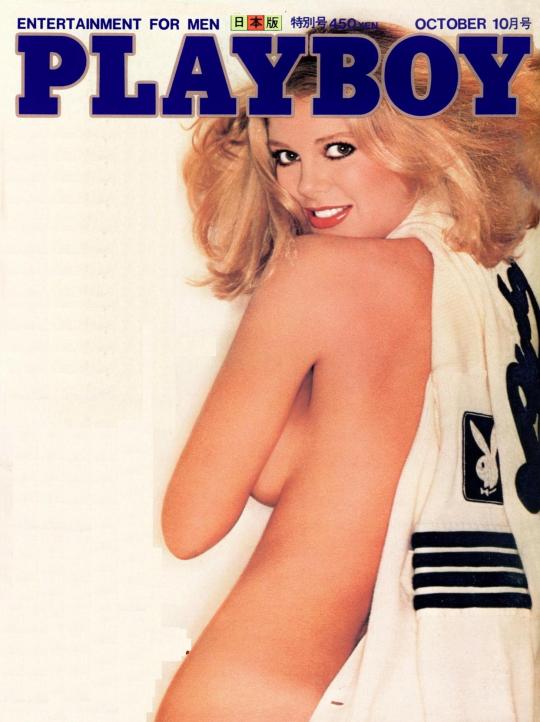
Lisa Welch on the cover of Japan PB issue Sep of 1980.
94 notes
·
View notes
Text

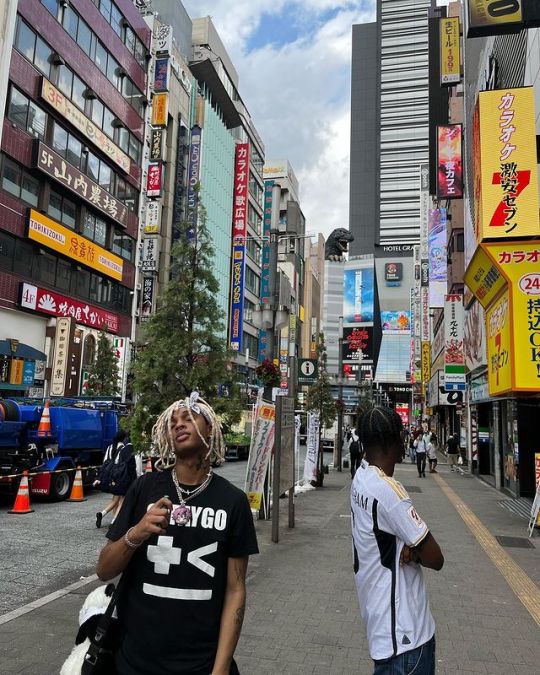
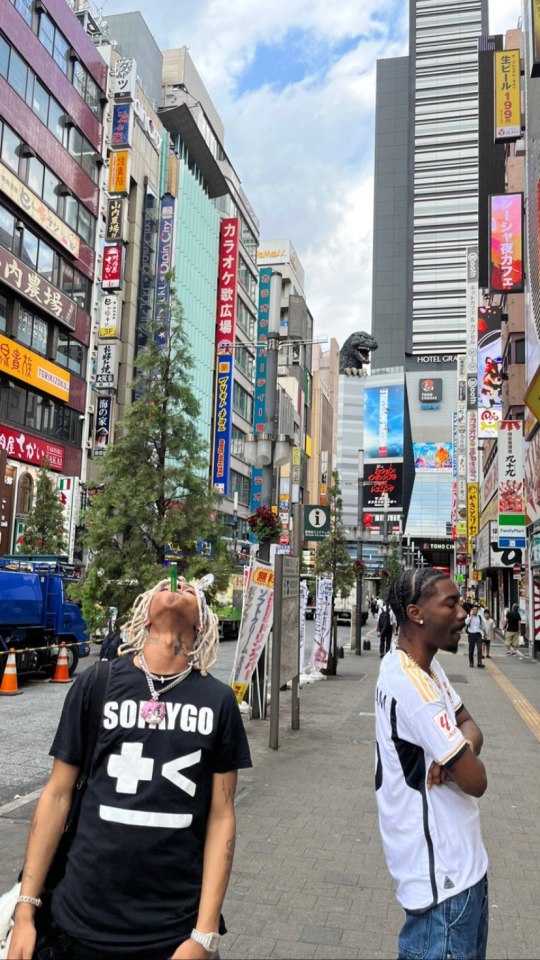
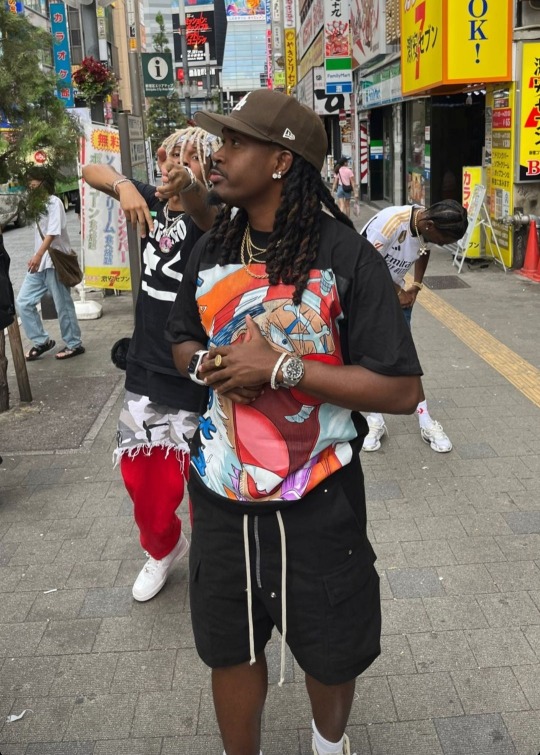

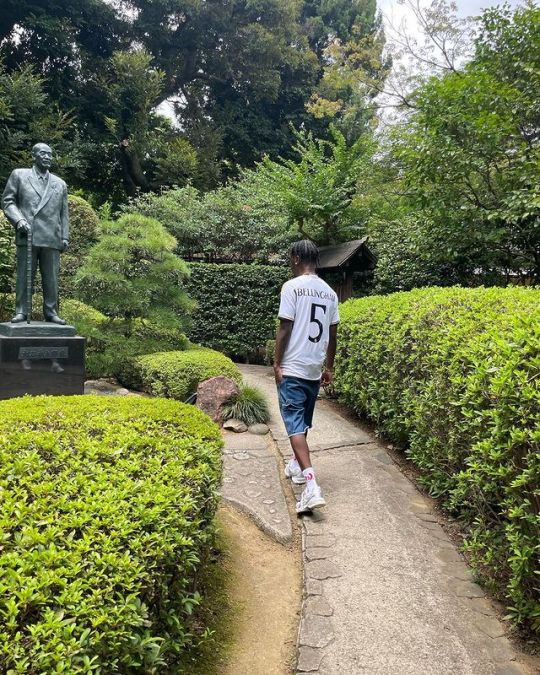
#sofaygo#cochise#deo#brucedropemoff#faygo#rappers#japan#tokyo#topfloorboss#instagram#fyp#playboi carti#underground rappers
68 notes
·
View notes
Text
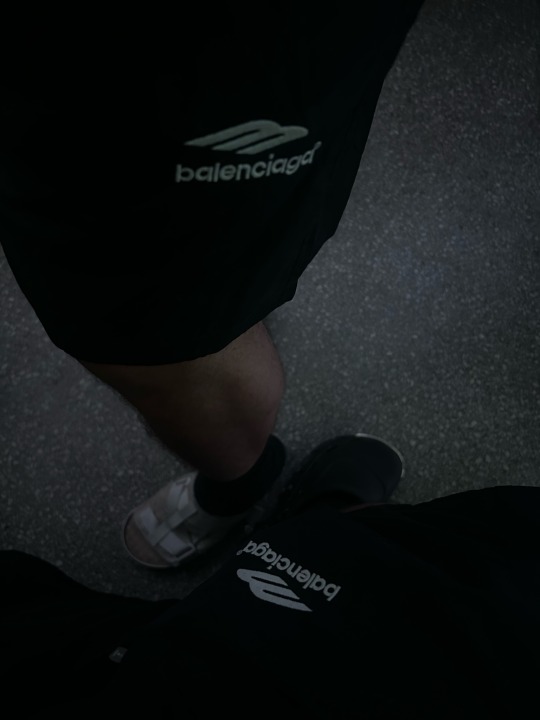
Me N twin so geeked up @shouldvepickedup
#number (n)ine#undercover#blue lock#kitty#nostalgia#japan#south park#fashion#destroy lonely#balenciaga#homixide gang#ken carson#opium#playboi carti#fashion archive#rick owens#chrome hearts#vetements#demna gvasalia#if six was nine#le grand bleu#tornado mart#hysteric glamour#y2kcore#y2k#vivienne westwood#beachlife#SoundCloud
5 notes
·
View notes
Text
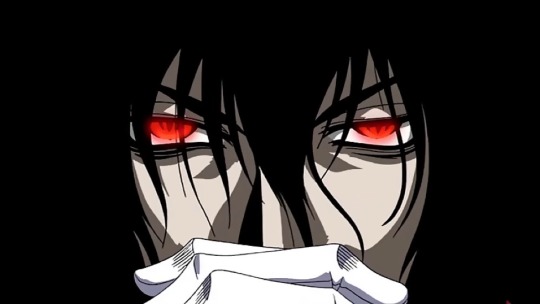
Alucard
#philossworld#philos#world#alucard#dracula#hellsing#hellsing rising#anime#vampire#red#black#vamp#playboi#carti#cartoon#manga#japan#feelings#emotional#trippie redd#anderson
136 notes
·
View notes
Text

Asap Rocky
#youtube#mnstrclique#soulja boy#turbomnstr#hip hop#rapper#hip hop music#underground hip hop#soundcloud#asap mob#asap rocky#asap ferg#travis scott#movie#photography#grillz#fashion#new music#drugs#anime#vaporwave#playboi carti#ian connor#japan#tokyo#famous dex#china#meme#kanye west#guns
4 notes
·
View notes
Text
Collage

#archive fashion#visual archive#streetwear#hypebeast#motion#hiphop#2000s fashion#aesthetic#a$ap mob#a$ap rocky#kanyeezy#playboi carti#sicko mode#drip check#drip too hard#fit check#collage#artwork#fashion#japan#bape#bapeus#sw alabaster#grillz#corteiz#gallery dept#designer
7 notes
·
View notes
Text
'70s Japan Trends Through the Music Charts (Part 4)
During the 1970s, the Japanese music industry was in the process of forming its identity. In addition to mirroring the musical preferences of the nation, the charts also served as a reflection of the prevailing societal trends and ambitions of that era. In this series, we chronicle the most significant musical trends of the decade.
'70s Japan Trends Through the Music Charts (Part 1)
’70s Japan Trend Through the Music Charts (Part 2)
70s Japan Trends Through the Music Charts (Part 3)
Trend #10: Yazawa, Okura, Carol, and the Origins of Japanese Rock 'n' Roll
The US occupation of Japan ushered in a wave of Western exports to the archipelago, among them one of the most celebrated music genres: rock 'n' roll.
Initially, the domestic itineration of the style could only produce fleeting fads like the rockabilly boom of the 50s and the "group sound" band phenomenon in the 60s. But, by the 70s, rock music had transformed all established genres. There were enka rock bands, such as DOWNTOWN BOOGIE WOOGIE BAND. Its leading man, Ryudo Uzaki, was a prolific composer, adding tinges of rock to the kayokyoku sung by fresh-faced idols like Momoe Yamaguchi. Kenji Sawada, the former vocalist of group sound band The Tigers, technically considered an "idol" back then, carried himself like a true rockstar. And, of course, the trendiest style was folk, which, inspired by US folk rock, launched multiple singer/songwriters to stardom.
While Japanese rock was everywhere, it was also nowhere. The concept of "local rock" was nonexistent at the beginning of the decade. The prevailing belief was that the Japanese language and pronunciation couldn't synchronize with the rhythms of rock music, making it impossible for a domestic version of the genre to thrive. However, this notion was upended in 1972 when Japan's first true rockstar, Eikichi Yazawa, emerged.
Yazawa's journey began in post-atomic Hiroshima. Raised in poverty by his paternal grandmother after his mother abandoned him and his father died of a radiation-related illness, Yazawa found solace in Western music heard on the radio. A fervent Beatles fan, he was inspired to pursue a career in music after going to a live concert by The Ventures, another popular foreign rock band, in his hometown. In 1968, immediately after graduating high school, he embarked on a journey to Tokyo, hoping to make a name for himself as a musician. But he was feeling pain in his buttocks from sitting for too long, so he decided to get off in Yokohama, encouraged by the fact that it was a port city, just like Liverpool.
In Yokohama, Yazawa had his solo demos rejected by all the major labels. Determined to pursue his rockstar dream, he formed a band called YAMATO, which gained some popularity playing at various night venues in the area. However, YAMATO disbanded in 1971 as its members went their separate ways. Undeterred, Yazawa continued his quest for rock stardom and held auditions for a new band, "Carol."
Carol was founded by Yazawa, who served as its vocalist, bass player, and composer. But he found a kindred creative spirit in Johnny Okura, their guitarist and lyricist, who was instrumental in shaping the band's identity. Okura conceptualized Carol's style, drawing inspiration from The Beatles during their early days in Hamburg when they played '50s rock in gritty German clubs. He also played a significant role in crafting their distinctive image, with members donning edgy leather jackets reminiscent of bikers and sporting pompadour hairstyles. Their unique aesthetic and sound quickly set them apart in the Tokyo live music scene.
Despite being a key creative force, Okura's erratic behavior and lifestyle sometimes posed challenges. When Carol booked their first shows, Okura was hospitalized in a psychiatric hospital, rendering him unreachable. In contrast, Yazawa's professionalism, meticulous management, and unwavering ambition held the band together. He took charge of negotiations for concert fees and organized their schedules.
While "real musicians," like folk stars, rejected invitations from TV stations, Yazawa recognized the medium's power and believed securing a TV slot could propel the band to stardom. But it was Okura who identified the perfect opportunity when Fuji TV's youth-oriented show "Live Young" issued a call for "Roxy fashion performers."
Airing on Saturdays, "Live Young" functioned as a televised version of the influential magazine Heibon Punch, spotlighting fashion and music trends appealing to young adults. "Roxy fashion," which was all the rage in London then, was inspired by the glam British rock band Roxy Music. Like Carol, the Bryan Ferry-led band featured visual elements reminiscent of '50s fashion, but the show's staff was uninterested and initially ignored their submission.
In response, an indignant Yazawa contacted the producers, arguing that excluding Carol, a band heavily influenced by the Roxy fashion, was a grave oversight. This assertion was a bluff; the visual resemblance was unintentional, but it worked. On October 8, 1972, Carol appeared on the Roxy fashion episode, captivating the audience with their leather jackets, pompadour hairstyles, and renditions of classic rock hits like "Johnny B. Goode" and "Good Old Rock 'n' Roll." Their appearance generated significant buzz, leading to a major label signing them just three days later.
While Carol's breakthrough was in a program linked to Heibon Punch magazine, a rival publication, Weekly Playboy, became a crucial ally in promoting the band. Weekly Playboy targeted young men, much like Heibon Punch. Still, it appealed more to working-class youth, fostering a dynamic that Shueisha, the publisher, would later replicate with other titles (AnAn's rival, Non-no, which, like Weekly Playboy, would quickly eclipse its competitor's sales). With their leather-clad appearance, extravagant hairstyles, and motorcycles, Yazawa and his bandmates resonated strongly with the magazine's readership. Consequently, editors frequently featured the band and their striking "yankee" style.

Carol's sound had a historical impact on Japanese rock music, while its aesthetic changed local fashion and fueled the "yankee" sub-culture that would take over the country in the following decade.
In Japanese culture, "yankee" is a term commonly associated with delinquent youth and their distinctive appearance. While the word remains in use, its cultural significance reached its zenith in the 1980s when teenage motorcycle gangs took over the country, revolutionizing youth culture. However, in the early 1970s, a decade before getting hold of the nation, Carol's popularity contributed significantly to the rise of the "yankee" style.
The band wasn't alone in popularizing the 50s biker/rocker aesthetic. Some Tokyo fashionistas gravitated to the trend due to the Roxy fashion movement in London. Meanwhile, in schools around the country, teen rebels were multiplying. It was a perfect storm for the "yankee" style surge, cemented by Carol's emergence into the mainstream. The band's dynamic presence and unique appeal made Yazawa and his bandmates role models for the emerging youth culture tribe.
Bosozoku ("running-out-of-control") -- gangs of teenagers with little regard for laws, who'd run around provincial Japan in their customized motorcycles -- adopted Eikichi Yazawa as their ultimate god. They'd often escort Carol band members to their concerts.
But the bond between blue-collar young people and Yazawa was a natural development as Carol's leading man truly represented something unique to Japan up to that point, a working-class rock 'n' roll icon. His superstar aura yielded excellent results for the band, quickly attracting tens of thousands to their live concerts.
Band members frequently smoked and drank on stage, creating an electrifying environment. Fights and disturbances sometimes erupted during their shows, eventually leading city halls to decline to host their concerts due to fears of property damage. Paradoxically, that pulsating, feral energy was precisely what made their shows such a hot ticket. Soon, influential cultural figures started attending their performances, like the famed photographer Kishin Shinoyama; fashion designer Kansai Yamamoto, who'd invite Carol to perform at one of his Paris fashion shows; and Masayuki Yamazaki, a pioneer of Yankee fashion and Harajuku fashion and nightlife icon.
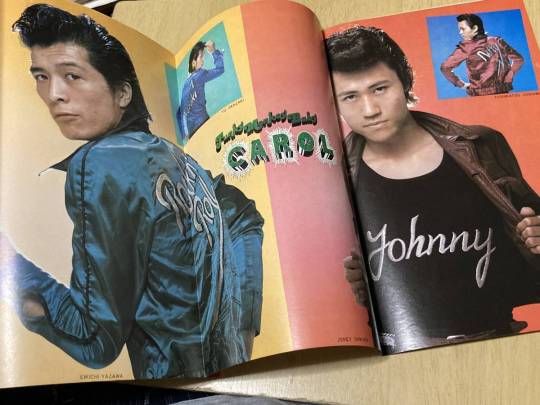
Weekly Playboy was crucial in turning Carol's members into fashion icons and leaders of millions of young men. Above, the 8/21/1970 issue, which opened with a fold-out of the band's most popular members, Eikichi Yazawa and Johnny Okura.
In February 1973, another influential figure, Jin Tatsumura, attended one of these concerts. At the time, Tatsumura, a 33-year-old NHK director from a high-society background, wasn't the band's primary audience, but he found himself captivated by the energy and fervor of the performance. Given his role overseeing NHK's documentary content, Tatsumura left the live show with an overwhelming desire to create a special documentary about the band for the national broadcaster. He believed the culture surrounding Carol perfectly encapsulated a new type of post-war youth movement.
Tatsumura poured his heart and soul into creating the Carol documentary, making it his passion project. By July, he had completed production with plans to broadcast it in prime time at the end of the month. However, to his astonishment, when the day arrived, only a nine-minute edited version of his work was aired. NHK's higher-ups deemed the debauchery and rebellious behavior associated with the band unsuitable for the public network's clean and wholesome image.
This left Tatsumura furious. Not only did he initiate legal proceedings against NHK, but he also decided to release his censored documentary in cinemas. Consequently, the public broadcaster terminated his employment and banned Carol from its airwaves. For a band well aware of the media's promotional power, being banned from the country's most influential network could have been detrimental. However, it only enhanced their status as anti-establishment icons, further fueling their popularity.
While Carol left an indelible mark on fashion and youth culture, their most significant musical legacy was proving once and for all that Japanese rock music could thrive.
Until then, Japanese song composition adhered to a rigid formula, with lyrics expected to resemble Japanese poetry. This meant sticking to a specific syllable count that dictated the song's rhythmic structure, in contrast to the more free-flowing lyrics of Western music. Moreover, many believed that the phonetics and structure of the Japanese language couldn't synchronize with the rhythm of rock.
Yazawa and Okura never wasted any time in that debate. They just went ahead and recorded their rock tunes in Japanese. And the public loved it. No one could dispute that they were rock stars playing rock music, so the debate on the viability of local rock was buried once and for all.
It wasn't just the sound, of course. Carol had to sell an image and lifestyle convincingly to break misconceptions about being genuine rockers. Yazawa's professionalism, panache, and life story – akin to the "American dream" mythology of a working-class young man coming from nowhere and achieving his ultimate dream – helped them achieve this. Still, to become the first commercially successful Japanese rockers, Yazawa and co. had to introduce some stylistic innovations to local music.
Their television debut captured the hearts of the masses as they performed English-language rock classics like "Johnny B. Goode." Since these songs were relatively unknown in Japan, many assumed they were original compositions, especially since one of the band members was also named Johnny. The electrifying segment generated immense excitement, leading the Nippon Phonogram/Phillips label to sign them and launch an aggressive marketing campaign. Starting in December, less than two months after their Fuji TV debut, Carol released singles every month.
Their debut single, "Louisiana," initially featured English lyrics by Johnny Okura. However, at the last minute, the label requested a switch to Japanese, believing it would be more commercially viable. At that point, Okura and Yazawa devised a unique lyric-writing method. Rather than striving for cohesion, they crafted lyrics that freely matched the rhythm, peppering them with sporadic English phrases like "oh yeah" and "oh baby." This unconventional approach struck a chord, as "Louisiana" became a hit, solidifying the presence of Japanese-language rock.
Yazawa also adopted a distinctive singing style called the "rolling tongue" method. This involved singing in Japanese but with an American accent. For example, instead of pronouncing a sentence like "ore no kanojyo" with proper Japanese pronunciation, he rendered it in the style of an American English phrase: "orrei nou kanoujyou."
These innovations were warmly embraced by the public. In particular, with their seventh single, "Funky Monkey Baby," achieved monumental success and became a timeless Japanese rock classic.
At the outset of 1975, despite their tremendous success, the members of Carol found themselves at odds and decided to part ways. Their farewell concert at the Hibiya Open Air Concert Hall drew 7,000 fans, doubling the venue's 3,000-person capacity. Several months later, TBS broadcast the live performance as a special episode of their popular variety show, "Ginza Now!" Staying true to Carol's style, fireworks intended for special effects accidentally ignited due to rain, resulting in the band's illuminated sign burning down and collapsing. This unscripted moment only added to the event's legendary status.
Following the band's breakup, attention turned to the songwriting duo of Okura and Yazawa, often compared to Lennon and McCartney. Although their creative synergy was evident, their clashing personalities ensured they would never reunite.
Okura, with his free-spirited mindset and erratic behavior, including a struggle with drug addiction and the revelation in 1975 that he was a "zainichi" (a Japanese-born Korean, Japan's most prominent ethnic minority, frequently subject to racism and prejudice), couldn't assimilate into Japan's conservative, buttoned-up showbiz scene. In the 1980s, he succeeded as an actor, winning a Japan Academy Award and receiving prestigious offers, including an invitation to participate in NHK's historical drama. However, an incident in 1987, in which he fell from the balcony of his seventh-floor hotel room, derailed his career, pushing him off the mainstream radar and into the underground scene, where perhaps he felt more comfortable. Okura passed away in 2014 at the age of 69.
In contrast, Yazawa embarked on a different path. With his striking good looks, remarkable style, talent, and legendary work ethic, he emerged as one of Japan's most prominent artists, with his solo career overshadowing the success of the band that propelled him to stardom.
Initially, however, his solo career faced significant hurdles.
Ever the consummate professional, Yazawa worked behind the scenes to ensure a seamless transition to a solo career. He signed a contract with Sony/CBS, borrowing funds from the label to extricate himself from his previous Phillips deal. He allocated all his Carol royalties to spend several months on the West Coast of the United States, recording his new album. However, upon returning to Japan to launch his new phase as a solo artist, he struggled to connect with his audience. The public yearned for more of Carol, not a solo Eikichi Yazawa. His concert tickets didn't sell, and his new music failed to resonate.
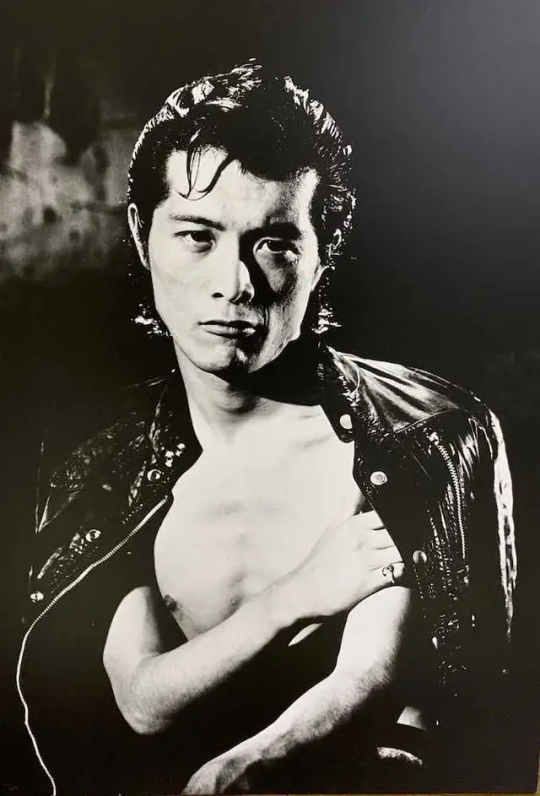
Eikichi Yazawa, from one of the minds behind Carol to a legendary solo act.
Despite the negative chatter, Yazawa remained steadfast in his belief that the public would eventually embrace him as a solo artist with a different, more ballad-oriented rock sound and style. He held live concerts to cultivate loyalty, and his determination paid off. By the end of July 1976, his Hibiya Open Air concert attracted 7,000 attendees, a turnout similar to Carol's farewell show.
The subsequent year saw him embark on an extensive tour, becoming the first local rock soloist to grace the stage at the Budokan. His single "Jikan yo tomare" (Stop Time), featured as the soundtrack for Shiseido cosmetics commercials, became a million-seller. By March 1978, the demand for his live shows had grown so much that he performed at Japan's largest venue, the Korakuen Stadium. In July of the same year, he further solidified his legendary status by releasing his autobiography, "Nariagari," recounting his journey from rags to riches. The book became a cultural phenomenon and a touchstone for an entire generation, surpassing two million copies in sales. It also shaped Yazawa's public image.
By the 1980s, Yazawa had become Japan's highest-paid musician. As the rock genre flourished throughout the decade, he attained universal recognition in the country as the king of rock. From 1983 onwards and continuing into the present, he consistently hosts sold-out nationwide tours.
Despite his immense success, the rock icon encountered personal crisis, most notably in 1998 when a business partner deceived him, siphoning off nearly $30 million in Australian investments by obtaining loans in his name, leaving him burdened with substantial debts. It took him over a decade, but he ultimately managed to repay all the money to the banks. "I can get big loans again," he cheerfully announced in the mid-2000s when he built a five-story studio in a prime location in Akasaka, a central Tokyo neighborhood.

1978 was the year Eikichi Yazawa solidified himself as Japan's top star. In January, he released the million-selling single "Jikan yo tomare," which was used in Shiseido's commercials and became one of his trademark songs (Ryuichi Sakamoto played the keyboard in the song). His fourth and best-selling studio album, "Golden Rush," came out in June, followed, in the next month, by his epoch-making best-selling autobiography, "Narigari," which would ignite a social phenomenon. In August, he became the first rock soloist to perform at the Korakuen Stadium in Tokyo.
Notwithstanding the embezzlement case, Yazawa is known for his business acumen. Since Carol's dissolution, he secured publishing rights for his work and gained control over his merchandise, a rare feat in Japanese show business. In 2008, he took a bold step by establishing his independent recording company to release his work. While numerous Japanese recording artists had previously explored the independent route, notably the folk superstars of the 1970s with their "For Life" venture, Yazawa stood as the singular success story in this endeavor.
With his records still debuting at the top of the charts, Yazawa held a stadium tour in 2022. Alongside Kenji Sawada, he is the only male soloist from the 70s capable of attracting such large crowds. If, in the mid-70s, his band terrorized NHK's higher-ups, the public network celebrated his career's 60th anniversary in 2022 with a series of primetime TV specials.
This is the unparalleled force of rock 'n' roll. Or, at the very least, it is the unprecedented force of Eikiichi Yazawa, the one who first gave the masses a taste of the rock lifestyle.
Trend #11: I Love Rock 'n' Roll
The success of Carol in the early 1970s definitively ended the question of whether Japanese rock could thrive. As the decade drew to a close, major record labels began reaping significant profits from the genre. In 1979, the progressive rock band Godiego emerged as the top-selling act of the year, surpassing idols, enka, and folk stars. However, their ascent to the top of the music charts was not due to any groundbreaking innovation. Instead, they relied on a very effective J-entertainment technique: commercial partnerships and tie-ins.
After signing Godiego in 1977, the Nippon Columbia label did not spare money for the band's promotion. Their debut single served as the soundtrack for Kanebo's cosmetics commercials, and subsequently, all their songs were chosen as themes for various TV shows and movies. However, the actual turning point came when their 7th and 8th single, "Gandhara" and "Monkey Magic," were featured as the closing and opening songs, respectively, for the top-rated NTV historical comic drama "Saiyuki" ("Journey to the West," also known internationally as "Monkey"). Riding on the coattails of the show's success, both songs became massive hits, catapulting Godiego to the forefront of the music scene.
After two years of Pink Lady's hip-thrusting disco idol pop domination, local audiences recognized a rock band at the top of the charts as a refreshing change. Their follow-up single, "Beautiful Name," was used as a UNICEF charity song, giving them another hit. Their fortune continued with the highly coveted opportunity to provide the theme for the animated "Galaxy Express 999" movie, based on Leiji Yamamoto's sci-fi manga.
Five years earlier, a TV anime adaptation of Yamamoto's seminal work, "Spaceship Battle Yamamoto," had been among the first Japanese animated works to achieve immense popularity, captivating children, teenagers, and adults alike. Its success laid the foundation for Japan's burgeoning "otaku" industry. Consequently, expectations ran high in 1979 for the big-screen anime remake of another of Matsumoto's works. By performing the movie's theme song, Godiego was assured of another hit.
By the end of 1979, the progressive rock band had secured the best-selling album and claimed four of that year's 30 top-selling singles.
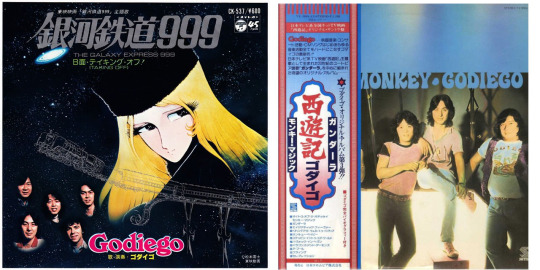
Tie-in with successful TV shows, anime, and UNICEF made the progressive rock band Godiego into the biggest act of 1979.
While good marketing can give you a great year of sales, it doesn't guarantee a prominent position in history books. Achievements based on good tie-ups and marketing are inherently ephemeral, in contrast, for example, to Carol's pivotal role in mainstreaming Japanese-language rock. As expected, the following year saw the local public's attention shift to other trendy acts, causing Godiego to quickly turn into a relic of the past.
But in the year Godiego reigned supreme, a few positions down from them, another band also had a terrific year. With their sophomore album, "10 Numbers Karatto," Southern All Stars had the third top-selling album of 1979. Their single, "Itoshi no Erii" (My Dear Elie), also performed impressively on the singles charts. Although their numbers didn't quite match Godiego's, they would ultimately have the last laugh, establishing themselves as the country's most thriving musical act of all time, with an enduring career spanning five decades. While some would become footnotes in history, Southern All Stars would warrant entire books dedicated to their profound impact on Japanese music.
Before entering history, the five-member band led by Keisuke Kawata was one of Japan's numerous college rock bands, formed at Tokyo's ritzy Aoyama Gakuin University in 1974. They inked a deal with a major label and agency in 1977 after gaining recognition as one of the highlights of the traditional Yamaha Song Contest. In 1978, their first single, "Katte ni Sinbad," whose title referenced hit songs from two of the country's biggest music stars (Kenji Sawada's "Katte ni Shigare" and Pink Lady's "Nagisa no Sinbad"), quickly turned into a hit.
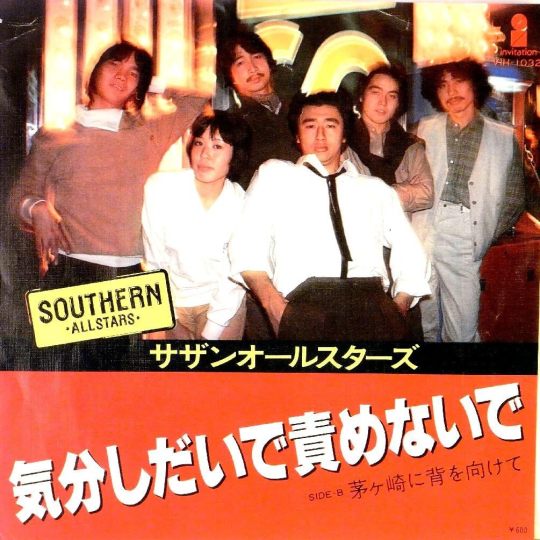
Southern All Stars, seen above on the cover of their second single, "Kibun Shidai de Semenaide."
What set Southern All Stars apart from the outset was their distinctiveness. Initially categorized as "folk," the trendy genre of the era, they were a band from an elite Tokyo university whose sound was infused with exotic foreign influences. Today, their reach and impact are vast enough to be recognized as "J-pop," the most universally appealing contemporary genre. However, akin to Carol, they also played a pivotal role in demonstrating the viability of Japanese rock.
Like Johnny Okura before him, Keisuke Kuwata discarded the rulebook on composition. Lyrics no longer needed to conform to a predetermined syllable count, emulating Japanese poetry; they merely had to synchronize with the rhythm. "Katte ni Sinbad," influenced by Latin music, featured nonsensical lyrics yet emerged as a major hit, marking a watershed moment in local music.
But that was just the beginning for Southern All-Stars. They refused to adhere to a fixed formula. Their lyrics ranged from nonsensical to cohesive, going from traditional to invented words. Their music incorporated samba, reggae, rock, pop, and folk influences. They demonstrated that there was no one-size-fits-all approach for Japanese musicians to follow. The audience eagerly joined them on this musical expedition, pushing the boundaries of what was acceptable in Japanese music.
And with that lesson, the '70s came to a close.
#carol#eikichi yazawa#johnny okura#heibon punch#weekly playboy#j-rock#j rock#70s japan#70s japanese music#godiego#southern all stars#keisuke kuwata#leiji yamamoto
3 notes
·
View notes
Text

2 notes
·
View notes